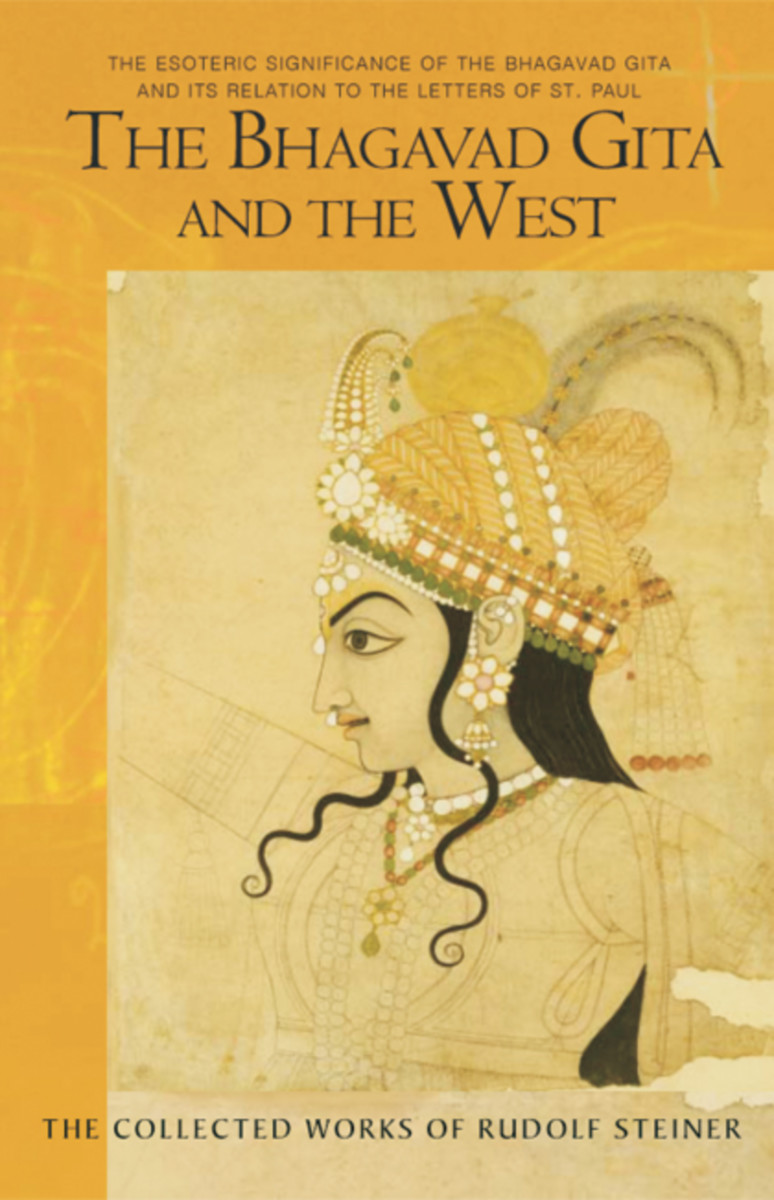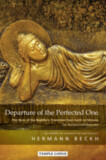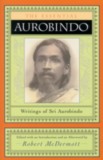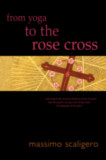The Bhagavad Gita and the West
The Esoteric Significance of the Bhagavad Gita and Its Relation to the Epistles of Paul (CW 142, 146)
Introduction by Robert A. McDermott
Revised by Mado Spiegler
Translated by Lisa D. Monges, Doris Bugbey, George Adams, Mary Adams and Eknath Easwaran
- Publisher
SteinerBooks - Published
1st December 2006 - ISBN 9780880106047
- Language English
- Pages 464 pp.
- Size 6" x 9"
5 lectures, Cologne, Dec. 28, 1912 - Jan. 1, 1913 (CW 142)
9 lectures, Helsinki, May 28 - June 5, 1913 (CW 146)
1 lecture, Basel, Sept. 19, 1912 (CW 139)
This combination of two volumes in Rudolf Steiner’s Collected Works presents Steiner’s profound engagement with Hindu thought and, above all, the Krishna in the Bhagavad Gita as they illuminate Western Christian esotericism. In his masterly introduction, Robert McDermott, a longtime student of Rudolf Steiner, as well as Hindu spirituality, explores the complex ways in which the “Song of the Lord,” or Bhagavad Gita, has been understood in East and West. He shows how Krishna’s revelation to Arjuna—a foundation of spirituality in India for more than two and a half millennia—assumed a similarly critical role in the Western spiritual revival of the nineteenth and twentieth centuries.
In the West, for instance, leading up to Steiner’s engagement, McDermott describes the various approaches manifested by Emerson, Thoreau, H.P. Blavatsky, and William James. In the East, he engages with interpretations of historical figures such as Mahatma Gandhi and Sri Aurobindo, relating them to Steiner’s unique perspective. In addition, and most important, he illumines the various technical terms and assumptions implicit in the worldview expressed in the Bhagavad Gita.
The main body of The Bhagavad Gita and the West consists of two lecture courses by Rudolf Steiner: “The Bhagavad Gita and the Epistles of Paul” and “The Esoteric Significance of the Bhagavad Gita.”
In the first course, his main purpose is to integrate the flower of Hindu spirituality into his view of the evolution of consciousness and the pivotal role played in it by the Mystery of Golgotha—the incarnation, death, and resurrection of Jesus Christ. Steiner views Krishna as a great spiritual teacher and the Bhagavad Gita as a preparation, though still abstract, for the coming of Christ and the Christ impulse as the living embodiment of the World, Law, and Devotion, represented by the three Hindu streams of Veda, Sankhya, and Yoga.
For Steiner, the epic poem of the Bhagavad Gita represents the “fully ripened fruit” of Hinduism, whereas Paul is related but represents “the seed of something entirely new.” In the last lecture of part one, Steiner reveals Krishna as the sister soul of Adam, incarnated as Jesus, and claims Krisha’s Yoga teachings streamed from Christ into Paul.
In the second lecture course, five months later, Steiner engages the text of the Bhagavad Gita—on its own terms—as signaling the beginning of a new soul consciousness. To aid in understanding both of these important cycles, this book includes the complete text of the Bhagavad Gita in Eknath Easwaran’s luminous translation.
In our age, when East and West are growing closer and we live increasingly in a global, intercultural and religiously pluralistic world, this remarkable book is required reading.
The Bhagavad Gita and the West is a translation of two volumes in German: Die Bhagavad Gita und die Paulusbriefe (CW 142) and Die okkulten Grundlagen der Bhagavad Gita (CW 146). The lecture in the appendix is translated from Das Markus-Evangelium (CW 139) and was published in The Gospel of St. Mark (Anthroposophic Press, 1986).
Rudolf Steiner
Rudolf Steiner (b. Rudolf Joseph Lorenz Steiner, 1861–1925) was born in the small village of Kraljevec, Austro-Hungarian Empire (now in Croatia), where he grew up. As a young man, he lived in Weimar and Berlin, where he became a well-published scientific, literary, and philosophical scholar, known especially for his work with Goethe’s scientific writings. At the beginning of the twentieth century, he began to develop his early philosophical principles into an approach to systematic research into psychological and spiritual phenomena. Formally beginning his spiritual teaching career under the auspices of the Theosophical Society, Steiner came to use the term Anthroposophy (and spiritual science) for his philosophy, spiritual research, and findings. The influence of Steiner’s multifaceted genius has led to innovative and holistic approaches in medicine, various therapies, philosophy, religious renewal, Waldorf education, education for special needs, threefold economics, biodynamic agriculture, Goethean science, architecture, and the arts of drama, speech, and eurythmy. In 1924, Rudolf Steiner founded the General Anthroposophical Society, which today has branches throughout the world. He died in Dornach, Switzerland.








